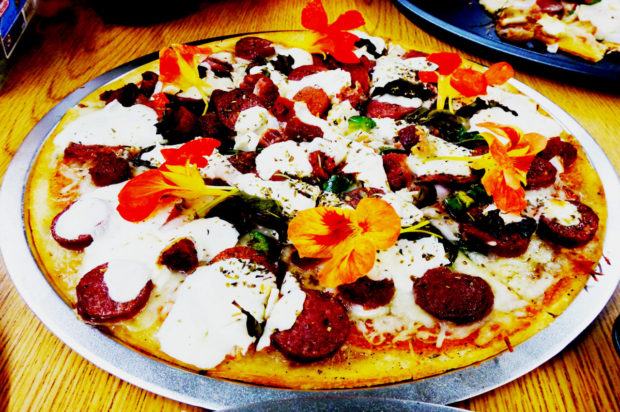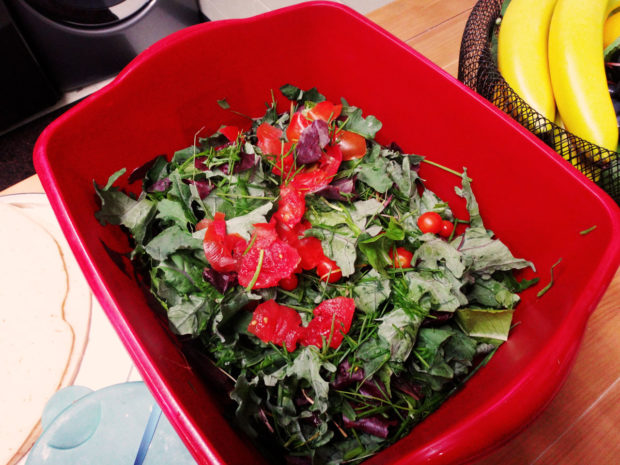Text and photos (except where noted) by Bethany Shepler, SPP Green Track Coordinator

A Roots of Success graduate at CRCC shows his appreciation for the program. Photo by DOC staff.
Roots of Success (Roots) is an environmental education program that promotes awareness of environmental issues, problems and solutions, personally, locally, regionally, and globally. Roots of Success is offered by the Sustainability in Prisons Project in 10 of Washington State’s prisons. The program is championed by incarcerated instructors and students, and more than 1,200 people have graduated since the program began in 2013.
The unsung heroes of Roots of Success are the DOC staff members who serve as program sponsors, or “Roots Liaisons”. The program wouldn’t be possible if not for the incredible individuals that work with us within facilities. Even though I can’t highlight all of them, I want to recognize a few extraordinary people who make Roots of Success possible: Chris McGill at WSP, Gena Brock and CRCC, and Kelly Peterson at SCCC.
The Roots Liaisons are in charge of finding and scheduling the classroom, ensuring secure and functional multimedia equipment, responding to needs of instructors and students, and program reporting. This program would not be possible without the Liaisons’ determination and hard work.

Chris McGill is the Roots Liaison at Washington State Penitentiary (WSP). He manages the amazing Sustainable Practices Lab, where Roots serves as a prerequisite for jobs in the lab’s shops. Chris first got involved with sustainable programming when he and small team of inmates decided to transform an empty space at the prison into a garden.

Gena Brock is Roots Liaison for Coyote Ridge Corrections Center (CRCC); in the photo above, she poses with the Roots of Success Instructors at the prison. As the Roots Liaison, she has provided steadfast program support and is always thinking of ways to improve the program at CRCC.

Kelly Peterson at Stafford Creek Corrections Center (SCCC) is a relative newcomer to the Roots program. Kelly recently took on the role of sustainability liaison at SCCC, and is the point of contact for everything from beekeeping to gardening to the aquaponic “EVM” nursery. SCCC’s Roots program has been going strong since 2013, and we fully trust her to continue that success. She is dedicated, productive, and positive—pretty much everything you would want in a partner!





























